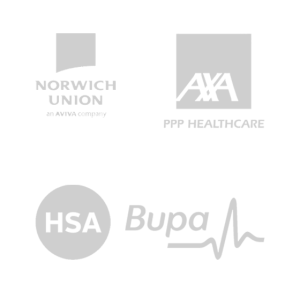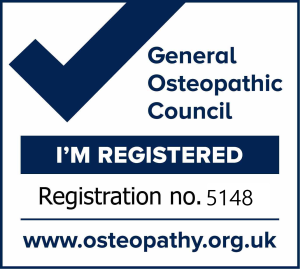About us
Bruce graduated from the British School of Osteopathy in 2003 and is registered with the General Osteopathic Council, and also a member of the British Osteopathic Association.
Since graduating Bruce has continued his professional development in structural, visceral and cranial osteopathic techniques. He has a special interest in osteopathy in Pregnancy and paediatric osteopathy, having trained and worked with Dr Steven Sandler who is head of the Expectant Mothers Clinic at the British School of Osteopathy and a consultant osteopath at the Portland Hospital.
Osteopathy is a safe, natural and effective way of diagnosing and treating a wide range of problems in the body. It is suitable for all ages – from babies to the elderly. For more information on Osteopathy and the conditions it can treat, please browse through the other pages on this site.
Treatments
Treatment should not be a one way conversation
It should be a dialogue between osteopath and patient, and a dialogue where the patient is in charge.
If you find you don’t like a particular kind of treatment (some people don’t like the ‘click’ a high velocity thrust makes for instance) then tell your osteopath.
There is always another way of treating a problem. If you don’t like a particular form of treatment, you don’t have it.
It’s that simple!
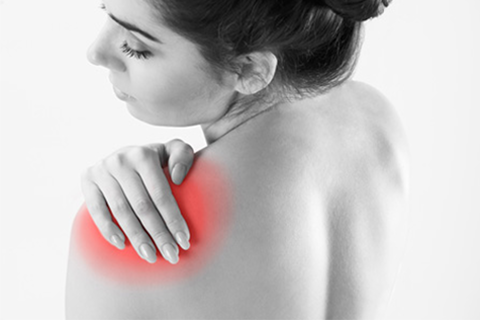
Frozen Shoulder
Learn more
Sciatica
Learn more
Back Pain
Learn more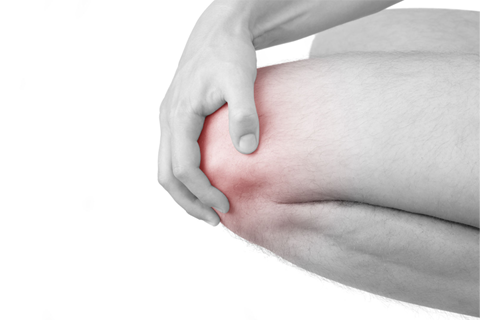
Arthritis
Learn more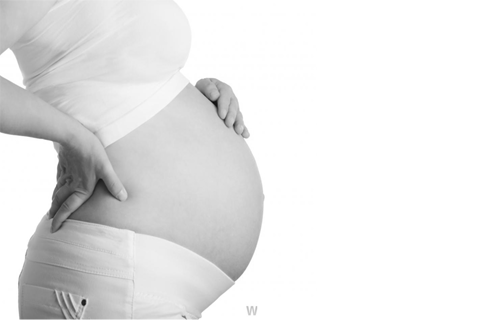
Pregnancy Pain
Learn more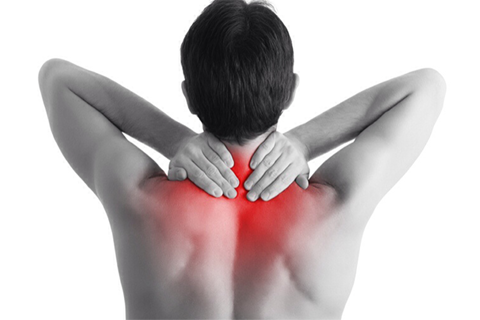
Neck/Shoulder Tension
Learn more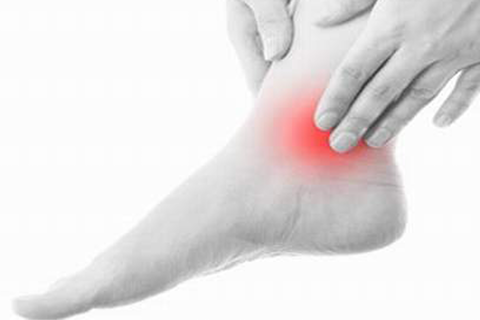
Sports Injuries
Learn more
Whiplash
Learn more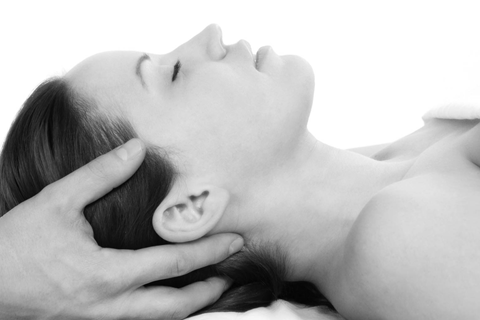
Cranial Osteopathy
Learn more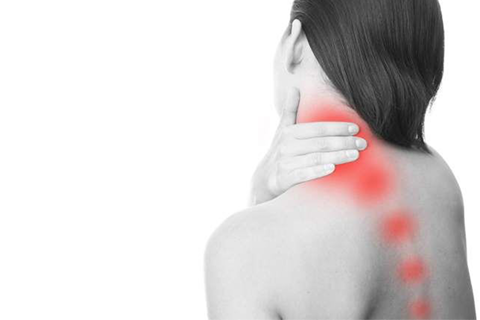
Poor Posture
Learn more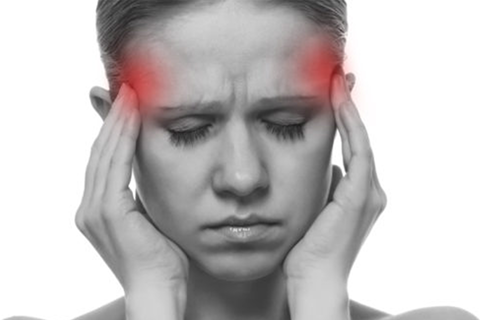
Headaches
Learn moreStatistics
Osteopaths on the UK Statutory Register of Osteopaths (at 9 January 2018)
Although osteopaths practise in all corners of the United Kingdom, the largest number are to be found in England
Approximately the amount of people currently consulting osteopaths every working day
What to expect
The Osteopath will first take a full medical history to make sure you are safe to treat. If there is any concern about the presence of a more serious underlying condition, the patient may be referred to their doctor for further investigations.
PLEASE NOTE – An examination follows which normally requires removing some clothing to allow for a proper assessment.
It is quite common for pain in one area to be due to a problem or dysfunction in another area. This may then require a more extensive examination, but will be explained at the time.
You will often be asked to perform a series of movements so that the mobility of your body can be evaluated and the Osteopath will also perform various passive movements to your joints as well as doing a neurological assessment.
Using all the information obtained, a diagnosis and treatment plan will be made. Treatment will be started on your first visit and will involve one or more of a variety of techniques including:
Techniques
High velocity thrusts
A quick way to release a joint from unwanted restrictions, often accompanied by an audible but painless click.
Passive joint movements
To ease stiff joints and increase their range of movement.
Soft tissue massage techniques
To ease muscle tension, stretch tight tissues and improve local circulation.
Cranial Osteopathy
An array of very gentle but effective techniques for treating a range of painful conditions. These techniques are particularly useful for treating patients who could not cope with stronger treatment such as babies, the frail elderly or osteoporosis sufferers.
WE ARE REGISTERED WITH MOST MAJOR PRIVATE HEALTHCARE PROVIDERS
* it is recommended that you confirm details of your policy with your insurer before your first visit
MAKE A BOOKING Price list




I visited Simon yesterday for a chronic back and neck problem. After cracking me like a glow stick (it felt amazing!), I can now bend over without feeling a pinch and the tension in my neck has disappeared.
Thank you so much!
